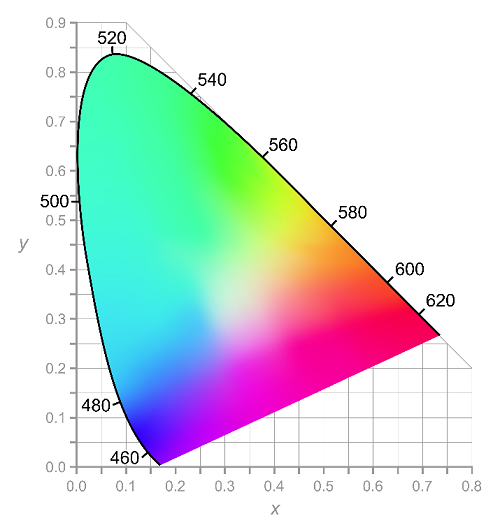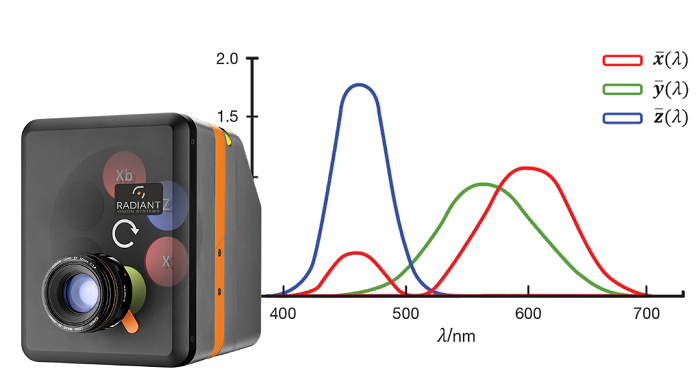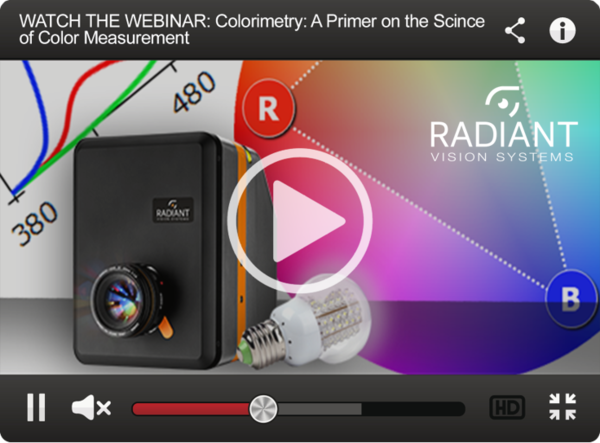Measuring Up: The Significance of Light & Color Metrology
metrology (noun)
/məˈtrɑ.lə.dʒi/ (US) /mɪˈtrɒl.ə.dʒi/ (UK)
1. The scientific study of measurement
2. A system of weights and measures
The development of measurement has been essential to the development of human civilization. This bold claim is explored in a new book by James Vincent, Beyond Measure: The Hidden History of Measurement From Cubits to Quantum Constants. He shows how measurement developed as a “scaffold for knowledge,” enabling us to categorize and make comparisons and providing a powerful “tool of social cohesion and control.”1
When humans agree on standards of measurement, it becomes possible to coordinate actions, to agree on common standards, and to ensure fairness and honesty. “Measurement is a covenant that binds communities together,” he writes, with the “ability to create a zone of shared expectations and rules.”2
From early measurements that could be arbitrary or imprecise (for example, pied du Roi or “the king’s foot” in pre-Revolutionary France) to today’s metric system where a meter’s distance is precisely pegged to a constant, the speed of light, virtually every accomplishment of human society and science depends on measurement.

Pyramids in ancient Egypt (requiring measurement of weight and dimensions), global navigation (thanks to the development of latitude and longitude), and sending humans to the moon (requiring precise speed and distance calculations).
Measuring Light & Color
One arena where humans have worked for hundreds of years to create accurate measurement systems is that of visual phenomena – what humans see. The brightness (luminance) of light and the color (chromaticity) perceived by our eyes has been defined and quantified. We can now use photometric units to describe light sources such as lamps and display screens, and colorimetric units to assess their spectral properties (wavelengths on the electromagnetic spectrum that humans perceive as color).
While radiometry is a system to measure the energy of a light source across the entire electromagnetic spectrum, including wavelengths that are visible to humans and those beyond the human visual range, photometry is the science of measuring light as it is perceived by the human eye, and colorimetry applies the same principles to measuring the different wavelengths of light based on how humans perceive color.
In 1931 the Commission Internationale de L’éclairage (CIE) defined a standard for scientifically quantifying the physical properties of colors, enabling accurate representation and reproduction of those colors. A color gamut is the set of all colors available (producible) on a display device (a subset of the entire CIE color space).2

A graphical representation of the CIE 1931 color space, showing all colors visible to the human eye. The black numbers give the visible spectrum in nanometers (wavelength), while perceived colors are represented as coordinate points (x and y) within these limits.
Light and Color Metrology Equipment
Light measurement systems such as imaging photometers and colorimeters use CIE-matched optical filters and scientific-grade image sensors to apply these methods, capturing meaningful data that guide human-centric design and evaluation of many of today’s devices. Using photometric technology, manufacturers can leverage the standard principles of light and color measurement in design and production to best assess the visual quality of displays, backlit components, and light sources—as they are actually seen and experienced by users. This provides manufacturers with the means to achieve objective product quality.

A Radiant ProMetric® Imaging Colorimeter with integrated tristimulus color filter wheel (left). These filters enable the system to measure light according to the standard CIE color-matching functions representing human visual response to visible wavelengths (right).
Using light and color measurement devices such as light meters, spectrometers, and Radiant’s ProMetric® imaging photometers and colorimeters, we can obtain meaningful data to guide human-centric design and evaluation of many of today's light and display devices. Radiant has been measuring light and color using scientific principles for more than 30 years. We’ve worked with leading companies in the lighting, consumer electronics, display, automotive, aerospace industries and beyond to measure light sources such as LEDs and automotive headlamps; displays such as smartphones and televisions screens; head-up displays (HUDs) and AR/VR headsets; near-infrared (NIR) laser and LED emitters; and even non-illuminating surfaces (such as glass and metal) using subtle variations of light to enable defect detection.
Our metrology systems enable manufacturers to best assess the visual quality of displays, illuminated components, and light sources as they are actually seen and experienced by users. Learn more about light and color measurement principles and how they are applied to evaluate products in this webinar, Colorimetry: A Primer on the Science of Color Measurement.

CITATIONS
- Vincent, J., Beyond Measure: The Hidden History of Measurement From Cubits to Quantum Constants, W.W. Norton & Company, 2022.
- Ibid.
- Carter, E., Schanda, J., et al. CIE 015:2018 Colorimetry, 4th Edition, 2018. doi: 10.25039/tr.015.2018
Join Mailing List
Stay up to date on our latest products, blog content, and events.
Join our Mailing List
